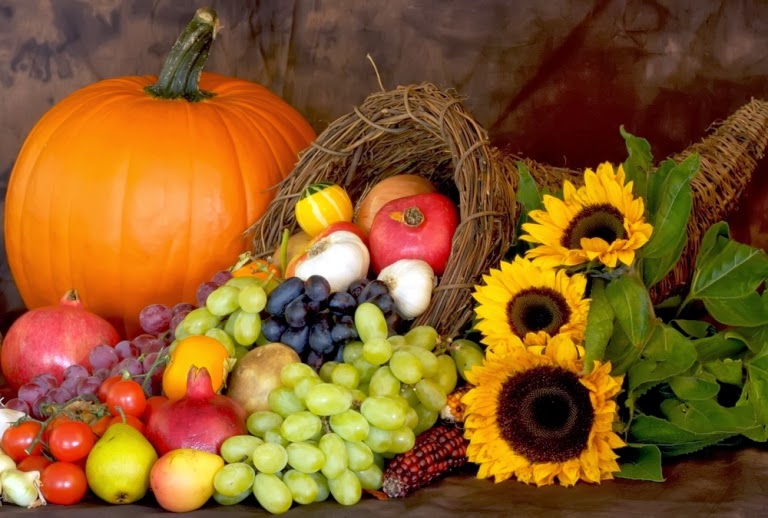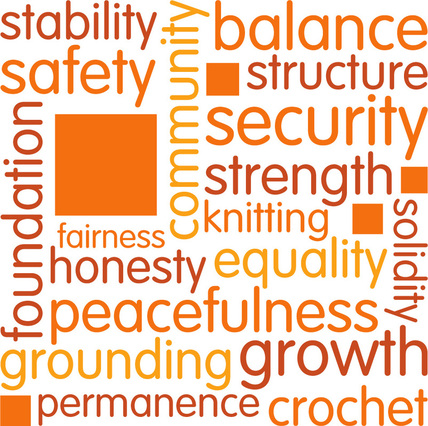|
Some would describe white as an absence of colour, others would say it's a colour without hue. I describe it as Winter because that is all I've seen for the past two months – snow, snow and more snow. Is there a better time to talk about colour? Specifically, colour pooling, which is something I thought happened by accident. I had no idea you could control or plan what your variegated yarn is going to look like as you knit or crochet it. And there are so many different ways a variegated yarn can work up, whether it's stripes, argyle, big X's, Y's, V's or seemingly random patterns:  Short colour change Short colour change The first thing to note is that you should use a yarn with colours that repeat in the same order and have the same length in every repeat, at least three single crochet stitches or five knit stitches long. The sample on the right contained a short colour change which didn't produce a very attractive pattern.  Need to adjust tension Need to adjust tension You may have to adjust your hook or needle size to get the pattern you're after. You should be able to tell if you're getting the desired colour play by the third row. Each colour should shift one stitch either before or after when compared to that same colour two rows below. The colour length may vary slightly because of the imperfect dyeing process so to keep the desired pattern working, you may have to adjust your tension, tighter or looser. The sample on the right went wonky after about 14 rows.  Perfect! Perfect! While this does seem very scientific (and people have referred to it as an Art and Science), if you're wanting a certain look it's a great way to achieve perfect results. If you really want to immerse yourself in taming your colourway, check out this article at Twist Collective. Just Added! There is a free ebook available here. Fall in North America is a busy social time. In October, Canadians celebrate Thanksgiving. Halloween lurks around the corner at the end of the month. Then in November, Americans sit down to enjoy their Thanksgiving turkey dinner. With all this getting together, why not make things easier and have a virtual KAS party? All the fun with none of the cleanup! In order to help Pay the Rent – $50 US per day – you can select from these menu choices (or make up your own) and throw a virtual party for your colleagues, family and friends, near and far. Even a single cup of coffee or tea will be added to the calendar, with 10 cups equaling one day's rent. Some KAS members have already hosted or been invited to a picnic, celebrated birthdays and commemorated loved ones who have passed. What would you like to celebrate?
One of the most traditional and most recognizable forms of crochet, these squares been used to make slippers, sweaters, skirts, blankets and bags. But have you ever wondered how the ever-faithful Granny Square came about? Information about their creation is scarce, but most sources suggest that Granny Squares were first made by the early settlers of the United States.They were known at the time as Patchwork Squares. Yarn was difficult to come by and too expensive to be wasted. It had to be used sparingly and any remnants were set aside. Mismatched scraps were worked into squares and stitched together to make blankets and rugs, similar to the origin of patchwork quilts. This style of crochet was so strongly identified with the United States that it was called American crochet in Europe. It's unclear when or how the Patchwork Square became a Granny, but there was a resurgence in popularity in the 1970s. The hodgepodge of colour fit the hippie, wild child era perfectly.  The Granny Square was one of the first things I learned how to crochet. It is a timeless, straightforward pattern that supports an unending medley of colours – the more, the merrier! BASIC SQUARE* Ch 5; join with a sl st to form a ring. Rnd 1: Ch 3, 2 dc in ring, ch 2, [3 dc in ring, ch 2] 3 times; join with a sl st to top of ch-3. Fasten off. Rnd 2: Join next color in any ch-2 sp; ch 3, (2 dc, ch 2, 3 dc) all in sp, ch 1; * (3 dc, ch 2, 3 dc) all in ch-2 sp - corner made; ch 1; rep from * around; join to top of ch-3. Fasten off. Rnd 3: Join next color in any ch-2 sp; ch 3, (2 dc, ch 2, 3 dc) all in sp, * ch 1, 3 dc in next ch-1 sp, ch 1 **, work corner in next ch-2 sp; rep from * around, end at **; join. Fasten off. Rnds 4-9: Join next color in any ch-2 sp; ch 3, (2 dc, ch 2, 3 dc) all in sp, ch 1, * 3 dc in next ch-1 sp, ch 1; rep from * to next corner **; work corner in next ch-2 sp, ch 1; rep from * around, end at **; join. Fasten off. Weave in ends. *U.S. crochet terms. square up
phrasal verb : to get ready for a fight : to start to deal with something in a brave and determined way For millennia, the humble square has been one of the most common geometric shapes, used to represent order and rationality. It can seem boring and predictable with its right-angled corners and equal sides, making it familiar and stable. But squares can give us so much more. Squares provide a strong foundation which form building blocks for a community. They give us balance and equality which guide us to fairness and honesty. Squares enclose us in a safe place, giving us security. Above all, squares help us build a blanket for a child who would otherwise have none. Square up with Knit-a-square so we can fight for the cold and forgotten, and provide warmth, comfort and, most of all, the knowledge that a child is beloved. |
About
|
|






 RSS Feed
RSS Feed
